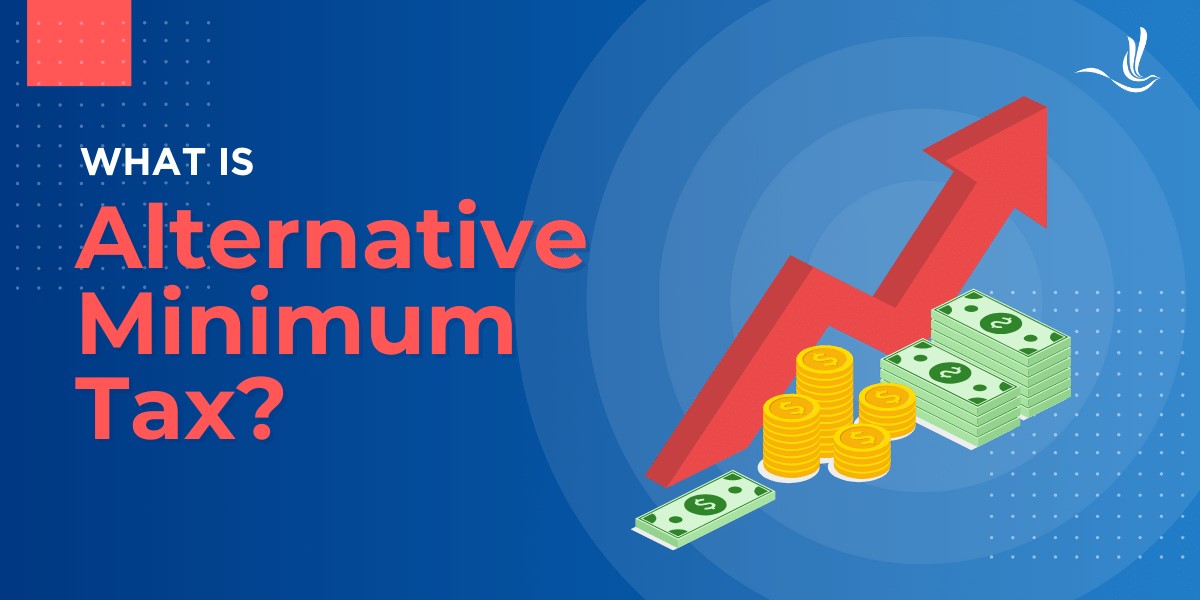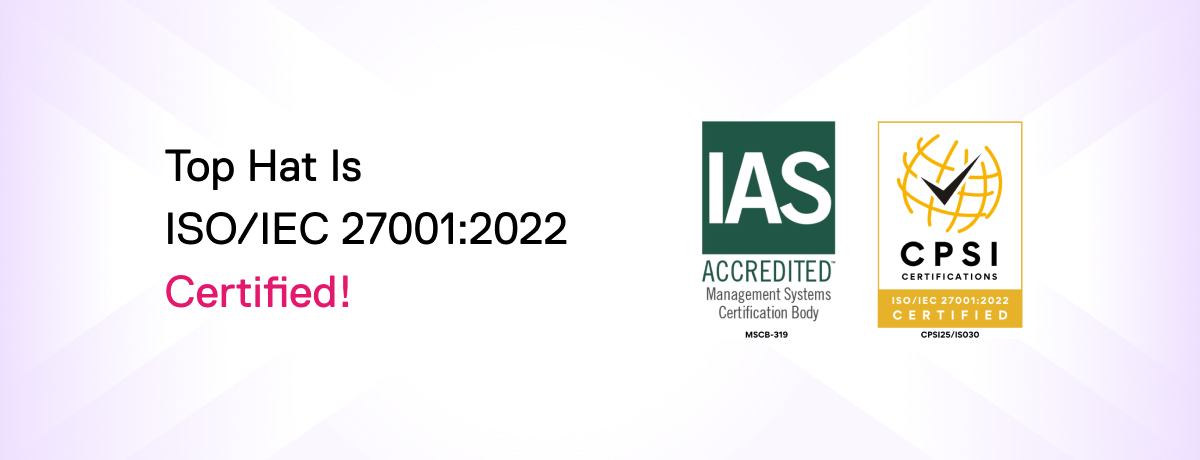The velvet-draped tables and the rhythmic clinking of chips at the HR1Systems “Casino HR Royale” event at Big Deal Casino on September 18 evoked the glamour of a James Bond film. But beneath the glitz, the stakes were real. HR and payroll professionals gathered not just to learn casino games and socialize, but to strategize on how to choose and implement systems that support their most valuable asset: people.
“Choosing the right HR and payroll system is not a game of chance,” Alexander-Ali Dalipi, Founder and Chief Executive Officer of HR1 Systems, and the organizer of the Casino HR Royale event. “It’s about strategy, relationships, and knowing when to hold ’em—and when to fold ’em.”
Dalipi’s goal was to create a networking experience that blended entertainment with education. “I want to connect with people, understand their jobs, and share what I’ve learned over 25 years,” he said. The casino theme served as a metaphor: while HR and payroll system decisions may feel high-stakes, success depends on planning, not luck.
The new deck: HR & payroll trends
The global HR and payroll technology market is expanding rapidly, projected to grow from an estimated $25.89 billion in 2024 to $58.12 billion by 2033, with a CAGR of 9.4% (Global Growth Insights). This growth is primarily fueled by a widespread shift from on-premise solutions to cloud-based SaaS models (over 51% adoption), the need for compliance, and the integration of Artificial Intelligence (AI) for advanced automation and predictive analytics
Companies are increasingly investing in integrated platforms that unify HR, payroll, benefits, and performance management. “Why keep shuffling cards between systems?” Dalipi asked. “Digitize everything. Bridge the gap from lack of operations to seamless tech.”
Integrated systems reduce administrative overhead, improve data accuracy, and enhance compliance. Manual data entry between disparate systems increases the risk of errors and inefficiencies. Automation allows HR teams to focus on strategic initiatives rather than routine paperwork.
Analytics and predictive modeling are also reshaping workforce planning. Platforms like Workday and UKG Pro offer real-time dashboards that help HR leaders forecast turnover, identify skill gaps, and optimize compensation strategies.
Global payroll: Navigating complexity
Managing payroll across borders remains a formidable challenge. Each country has its own labor laws, tax codes, and compliance requirements. According to a 2024 PayrollOrg survey, 63% of global payroll professionals cited compliance as their biggest challenge, followed by managing multiple vendors and designing effective operating models. [payroll.org]
“Optimization and integration are critical,” Dalipi emphasized. “Whether you’re using QuickBooks or UKG, the flow of data from one system to another reduces mistakes and keeps everyone happy.”
A 2024 survey from Alight, Inc. revealed that over half of companies incurred payroll penalties in the past five years, often due to outdated systems and manual processes. Automated compliance tools and ongoing staff training are now essential to avoid costly errors.
Ante up with AI: Promise and pitfalls
Artificial intelligence is revolutionizing HR and payroll, particularly in benefits administration and employee support. Dalipi recommends starting small: “Use entry-level AI agents in a closed network. Feed them your policies and payroll data, and let them help with customer service.”
AI can automate repetitive tasks, personalize benefit recommendations, and streamline enrollment. However, it’s not without risks. “Feed AI accurate, high-quality information. Otherwise, it’ll make things up,” Dalipi warned.
The Equal Employment Opportunity Commission (EEOC) issued guidance to prevent disparate impact discrimination in AI-driven hiring, emphasizing the need for human oversight and algorithmic transparency.
The high-stakes game: Selecting the right system
Dalipi’s advice for system selection is straightforward: “Start by understanding your frustrations and processes. What’s not working today? What do you need tomorrow?”
Industry best practices recommend conducting a thorough needs assessment, prioritizing must-haves, and identifying pain points. “If the sales rep is selling you the Brooklyn Bridge, be cautious,” Dalipi joked. “Look for vendors who build relationships, not just close deals.”
Implementation is often where companies stumble. According to industry research, up to 60% of HRIS data migration projects experience significant delays or budget overruns, frequently due to preventable mistakes. Best practices include data cleaning, mapping legacy fields, test migrations, and post-migration validation.
Beyond technology: The human element
Technology alone isn’t enough. “There’s a human element to companies,” Dalipi said. “Having low turnover is like having a strong company culture.”
HR plays a pivotal role in shaping culture. “HR is the fulcrum between the company’s goals and employees’ needs,” Dalipi added. “It’s HR that should be steering the process so businesses can better navigate present and future conditions.”
Successful HR tech implementations require leadership buy-in, clear communication, and ongoing training. “Mistakes cost money,” Dalipi concluded. “Optimization, integration, and the human element are key. With the right HR and payroll system, your people are always in a winning position.”





























